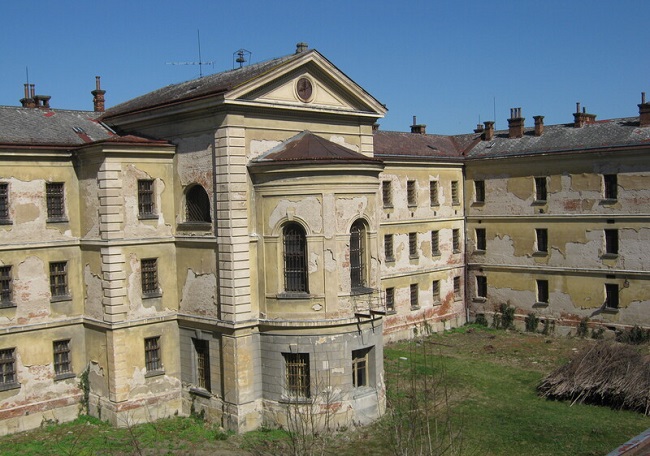
In the prison in U. Hradiště, construction surveys have been completed, and its reconstruction is being prepared
 |
Uherské Hradiště – The building-historical and building-technical survey has concluded at the former prison in Uherské Hradiště. The owner of the prison, which is the Office for the Representation of the State in Property Matters (ÚZSVM), has gained information about the current technical condition, preserved authentic elements, and the architectural development of individual buildings located within the prison complex before the planned reconstruction. This was reported today by ÚZSVM spokesperson Michaela Tesařová.
"The results of both surveys were also presented to the Moravian Museum, in cooperation with which a dignified Museum of Totality will be established in part of the former prison complex, commemorating the troubled history of this place. The surveys will also serve in the preparation of an architectural competition,” Tesařová stated.
The Office is preparing a reconstruction of the prison costing 436 million crowns. It is set to begin in 2025, and the ÚZSVM plans to open the renovated complex in 2028. In addition to the museum, it will also house a district court, a public prosecutor's office, and probation and mediation services. The Memoria association, along with the Uherské Hradiště city hall, is striving for the prison to become a National Memorial to the Victims of Totalitarian Regimes.
According to Tesařová, the building-historical survey confirmed the assumption that most of the prison's structures date back to the period of its construction from 1896 to 1897. "Some doors to the cells, brick flooring, grilles, and the preserved metal shoe cleaner also date back to the same period. The survey also indicated that until 1948, no major construction interventions took place in the prison complex. It was only in 1953 that sewerage was built and the layout of individual cells, common areas, and the outdoor courtyard was changed,” Tesařová added.
The prison was particularly known for the brutal methods of the communist State Security investigators against political prisoners in the 1950s. During World War II, it was used by the Gestapo as a gathering place for political prisoners before their transport to concentration camps. After the war, people's courts were held here, and public executions took place in the prison courtyard; during the communist era, people uncomfortable to the regime were imprisoned there. The prison was closed in 1960, and a larger part of the complex has been decaying since then. "During this period, the greatest losses of furniture in the interior also occurred,” the spokesperson stated.
Experts also investigated the painting of the prison, and the work included a rescue archaeological survey. They further documented the basic technical condition of the main building, garages, and the perimeter wall. "Alongside this survey, other special diagnostic surveys, such as mycological, geological, hydrogeological, and radon surveys, were also conducted,” Tesařová added.
Next year, an innovative exhibition titled "Behind the Wall" is to be created, which will recall the history of the prison. Through an application on a mobile phone, people will be transported to the world of augmented reality, which will offer, for example, a guide in the form of a 3D hologram, as well as the possibility of virtual entry into a cell or an interactive interrogation. The establishment of this exhibition is being developed in collaboration with the non-profit organization Historia Futurae and the Memoria association.
The English translation is powered by AI tool. Switch to Czech to view the original text source.
0 comments
add comment
Related articles
2
26.05.2023 | The renewal of the former prison in Uherské Hradiště is expected to cost about half a billion CZK
0
21.11.2022 | In the competition for the reconstruction of the former prison in Uh. Hradiště, the studio ov architekti succeeded
0
11.08.2021 | The upcoming exhibition will remind of the history of the prison in Uherské Hradiště
2
03.12.2020 | The Prime Minister refused to disclose the schedule for the repairs of the prison in U. Hradiště
0
15.07.2020 | ÚZSVM continues its work on the transformation of the prison into the Museum of Totality
0
08.12.2017 | The study recommended a museum and a court for the former prison in Uh. Hradiště
0
28.04.2017 | Uherské Hradiště has opened an exhibition dedicated to the history of the local prison












